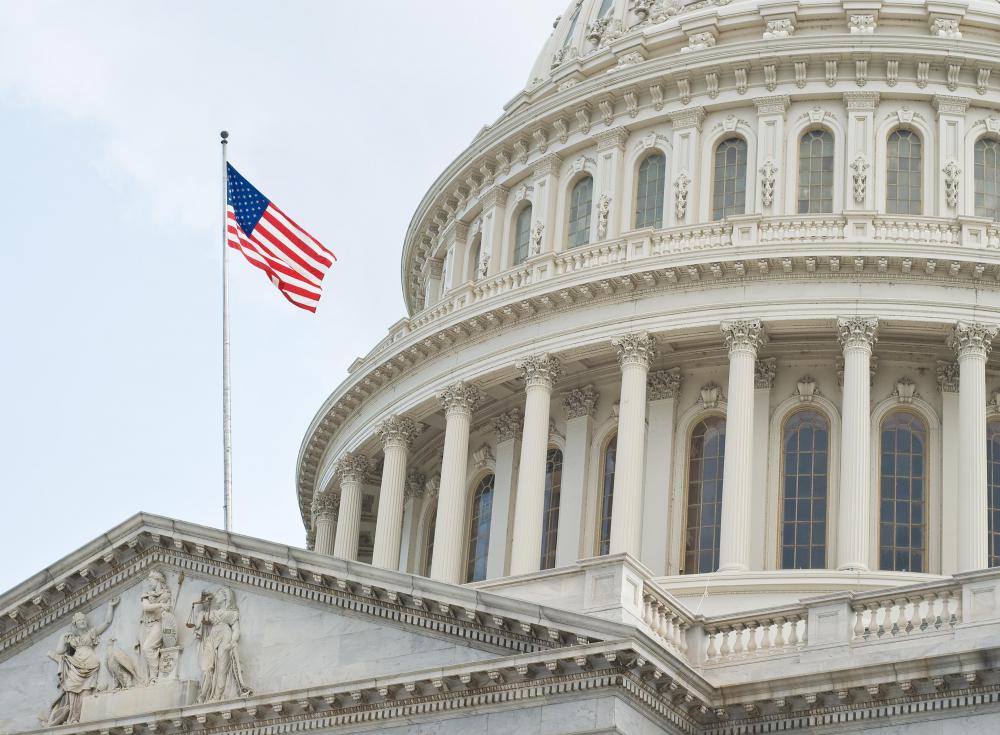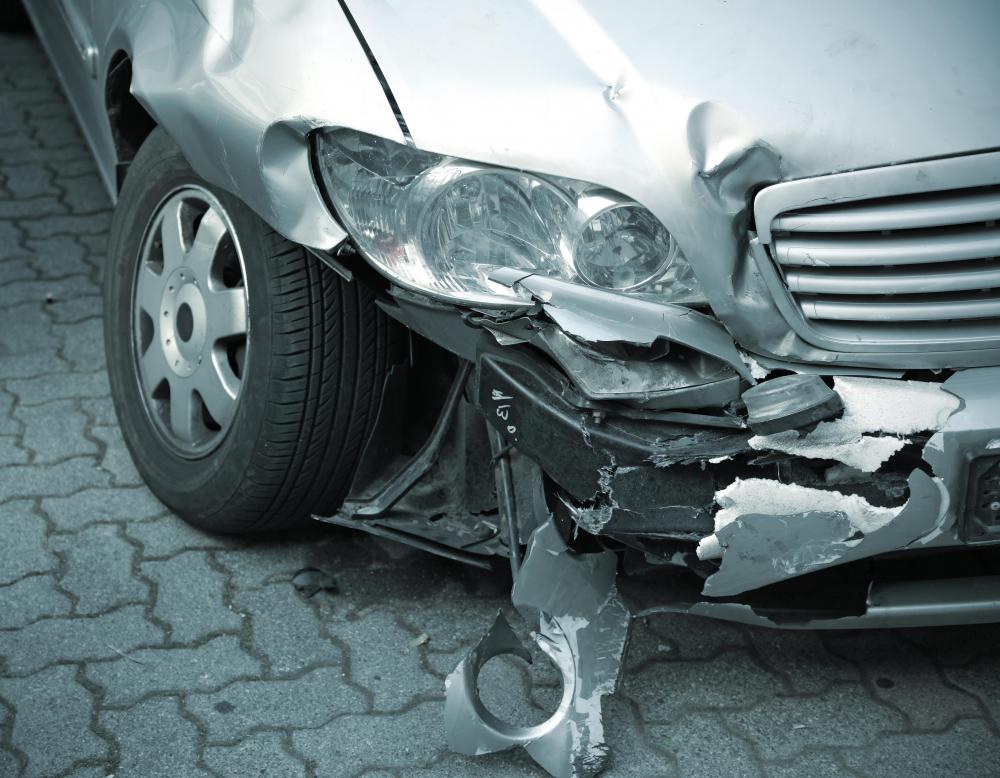At WiseGEEK, we're committed to delivering accurate, trustworthy information. Our expert-authored content is rigorously fact-checked and sourced from credible authorities. Discover how we uphold the highest standards in providing you with reliable knowledge.
What are the Different Types of Safety Legislation?
Safety legislation includes many different types of laws which are related to safety, including occupational and workplace safety, food safety, and traffic safety. The nature and extent of this type of legislation varies dramatically from one country to the next. As a result, safety legislation may ban or regulate a certain activity or practice in one country, but another country may allow the practice to go completely unregulated by any legislation.
Occupational health and safety laws and regulations are often created in response to workplace accidents or occurrences that result in injury or death. Some countries regulate particular industries for health and safety more stringently than other countries. Many countries, however, have adopted international standards for occupational health and safety, at least in some form. The International Labour Organization and the World Health Organization have worked together over the last sixty years to develop common definitions of health and safety standards, all of which share a common goal to protect workers from hazards in the workplace to the greatest degree possible.

The primary food safety legislation in the United States is the Federal Food, Drug, and Cosmetic Act, as amended by the Food Safety Modernization Act. This legislation governs most aspects of American food and drug safety. The U.S. Food and Drug Administration is the federal agency charged with issuing regulations regarding food safety and enforcing food and drug safety legislation in general. On the international level, the International Organization for Standardization has developed a set of international standards for all organizations falling within any part of the food chain, which is defined by ISO 22000: 2005 Food Safety Management System. Many countries have adopted all or part of the ISO 22000 standards for food safety purposes.

Unlike occupational hazard and food safety legislation, traffic safety legislation differs widely among states and countries. In the United States, each state is responsible for its own traffic safety legislation. For instance, the maximum speed limit in one state may be quite different from that in another state. National organizations, such as the National Conference of State Legislatures and the National Highway Traffic Safety Administration, also work together to study and recommend traffic safety laws to be adopted by the states. Additionally, the National Highway Traffic Safety Administration, under the authority of the National Traffic and Motor Vehicle Safety Act, has the power to set and monitor certain standards for motor vehicles and traffic safety.
AS FEATURED ON:
AS FEATURED ON:

















Discuss this Article
Post your comments